GCSE Triple Biology
Curriculum overview for GCSE Triple Biology
Curriculum intent – the knowledge, understanding and skills that students will learn
Throughout the GCSE Triple Biology course, students will be taught by Science subject specialists. At the end of the course, they will sit either two Higher or two Foundation papers to attain a single award. During the course, students will build upon the knowledge they have developed in Key Stage 3 in topics such as Darwin’s work of evolution and apply the theory of Natural Selection to a range of familiar and unfamiliar contexts. During the Triple Biology course, students will develop a deeper understanding of the concepts and processes in science. They will develop their practical skills by working scientifically and learn how to articulate scientific skills concisely and clearly. They will see how Science theories have changed as new evidence has been discovered and appreciate the role different groups have played in the advancement of science. Students will learn to use the problem solving and numeracy skills that they have developed across the whole curriculum to grasp the scientific concepts being studied. They will see how the topics they are studying in lessons fit into the development of science and technology now and in future developments.
Curriculum implementation – teaching, learning and assessment strategies
During the GCSE Triple Biology course, teachers will use a variety of tasks to enable students to consolidate their knowledge and practise skills learnt in each unit. Students have access to the online textbook and online exercises that teachers set. On MS TEAMS, students can access revision materials and checklists to help with their studies. They are also encouraged to read widely about the topics being covered in lessons. Memorisation techniques are incorporated into lessons to help students develop skills to remember and to apply their knowledge in unfamiliar situations. There are regular assessments which provide teachers with opportunities to determine which parts of a topic students have found difficult to grasp, so that extra support can be put in place to secure their future progress. Students are taught to consider the links between not only the three sciences but also subjects such as Mathematics, Geography and Economics. They are encouraged to consider the impact of different groups on the development of science and our understanding of the world and our place in it.
Curriculum impact – intended outcomes for students
• Students will demonstrate greater resilience when confronted by new concepts and challenges in their science lessons
• Students will receive a balance of knowledge and skills embedded as part of all their lessons
• Students will see the ‘bigger picture ‘ of science in the real world
• They will see the links between what they are studying in science and how their knowledge and skills can be used in other subjects
• Their work will show evidence of their progress in developing a secure knowledge of the content and skills of the subject, including literacy skills
• Students will see how the topics they are studying in class link to future careers and the next stage of education
Course overview for GCSE Triple Biology
Exam board: Edexcel - Edexcel GCSE Triple Biology
Coursework: Not applicable
Paper 1
• Key concepts in biology (50% of the qualification)
• Cells and control
• Genetics
• Natural selection and genetic modification
• Health, disease and the development of medicines
Paper 2
• Key concepts in biology (50% of the qualification)
• Plant structures and their functions
• Animal coordination
• Control and homeostasis
• Exchange and transport in animals
• Ecosystems and material cycles
